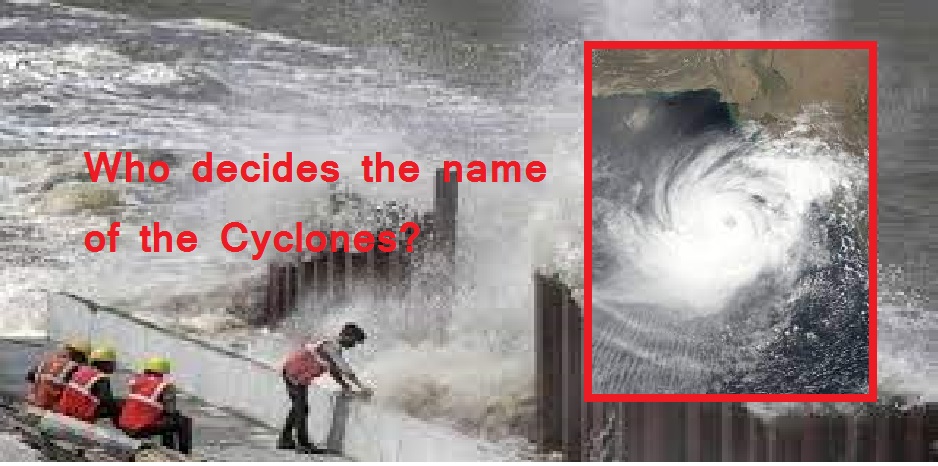Cyclone Biporjoy has recently intensified into an extremely severe cyclonic storm, causing concern and fear among the people in its path. With winds gusting up to 150 kmph and heavy rainfall expected, the storm is set to have a significant impact on coastal regions in India and Pakistan.
As emergency responders and relief efforts mobilize to minimize potential damage and loss of life, many people are left wondering about the origins and potential impact of this powerful storm. In this blog post, we will take a closer look at Cyclone Biporjoy, including its formation, trajectory, and potential impact on the affected regions.
Biparjoy originated from a depression that was first noted by meteorologists on June 2 1, 2023, in the Arabian Sea. It then continued to intensify and developed into the third depression and the second cyclonic storm of the 2023 North Indian Ocean cyclone season.
Cyclone Biparjoy is affecting coastal regions of India and Pakistan, with gale force winds and heavy rains lashing these areas 1. More than 170,000 people have been evacuated from coastal areas of both countries in an effort to minimize the potential damage and loss of life.
Schools and government buildings have also been shut down in these regions, and emergency responders and relief efforts are on standby to assist those affected by the cyclone. While the impact of the cyclone on populated regions is still uncertain, its effects are already being felt and people in the affected regions are being urged to take precautions and stay safe.
Who decides the name of the Cyclones?
Cyclones are named by various weather organizations to simplify communication about these dangerous storms between forecasters and the general public. Each region of the world has its own system for naming tropical cyclones. For example, the India Meteorological Department (IMD) is responsible for naming cyclones that develop over the northern Indian Ocean 1, while the National Hurricane Center (NHC) in the United States is responsible for names in the Atlantic Ocean and the eastern and central Pacific. The World Meteorological Organization (WMO) approves the names used by all the agencies and maintains rotating lists appropriate for each tropical cyclone basin.
Cyclones are typically named by regional weather agencies based on predefined naming lists that are created and maintained by the World Meteorological Organization (WMO). Naming lists can vary between regions but generally include a set of alphabetically-ordered names, which alternate between male and female names. As cyclones form, they are assigned the next name on the list for their region. In the event of particularly destructive storms, the name of the storm may be retired and replaced with another name in future lists to avoid confusion and honor those affected by the storm.

